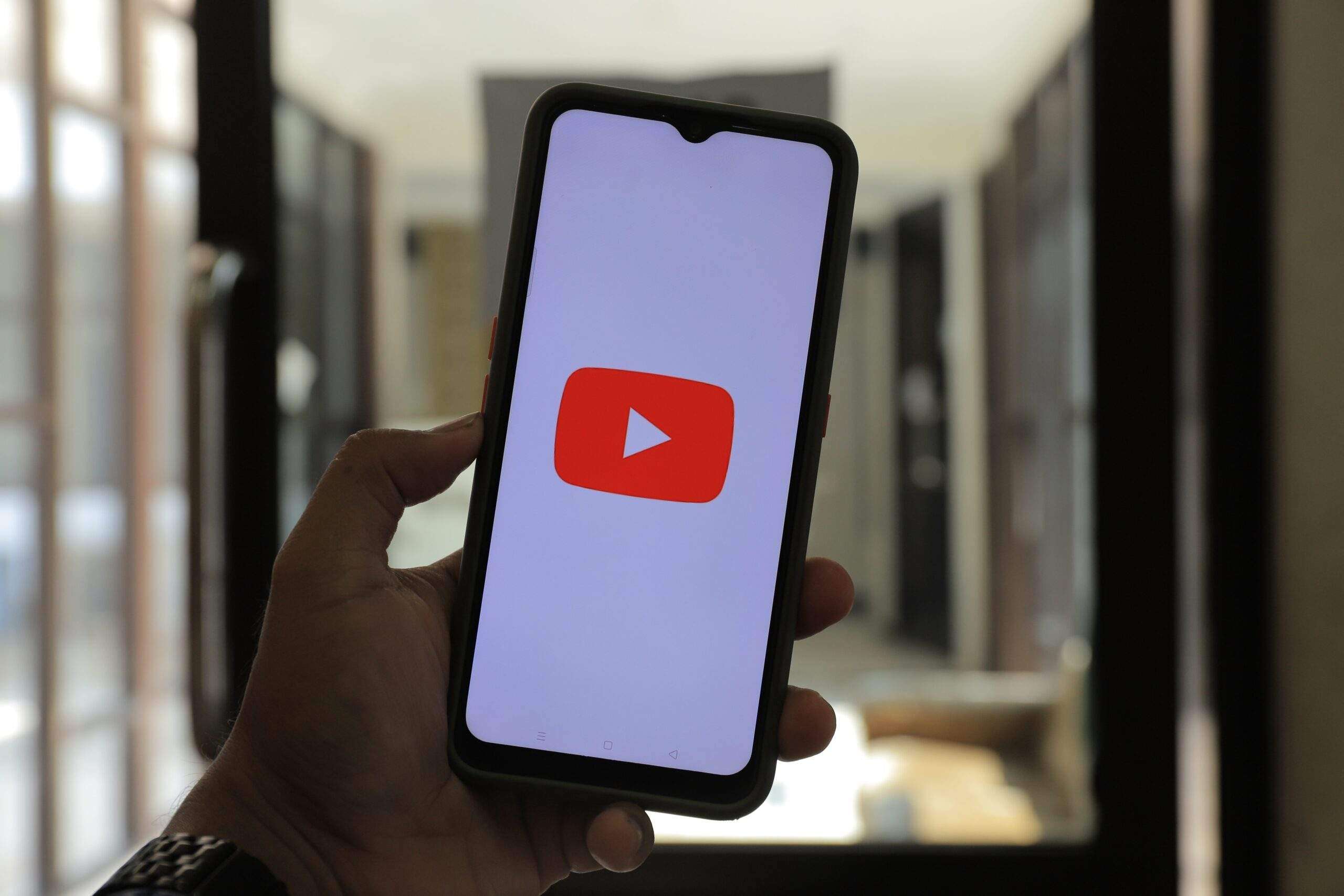Cox has been running some hazy ads about its fiber-powered internet service lately. Whether you were impressed by the “Internet built for tomorrow, today” campaign or rolled your eyes at it, there’s more that you may want to know.
Cox is one of the leading cable operators implementing the latest technologies for the future of internet service. It’s working right alongside Spectrum and Xfinity toward the cable industry’s goal of 10G. In addition, while other cable providers see fiber as competition, Cox Internet is powered by fiber to different degrees in different areas.
Here are the two technologies Cox ads may be referring to by “Internet built for tomorrow, today.”
Internet Powered by Beam of Light
What is Fiber Internet?
Fiber optics is the best medium for data transfer we have today. It has higher capacity, generates less noise, and is less susceptible to environmental factors than cable, 5G, DSL, and satellite internet.
Cable is becoming obsolete as a means of broadband data transmission as demand for bandwidth-requiring services such as 4K streaming increases. Fiber has a much higher capacity than cable, enough to support internet service for decades to come.
Here’s how fiber internet works:
Fiber Optic Cables: The Backbone
At the heart of fiber internet lies the fiber optic cable, which consists of thousands of hair-thin strands, each capable of transmitting data via pulses of light. These cables form the infrastructure for high-speed internet delivery.
Data Encoding: Turning Data into Light
To send data over fiber, it is first converted into a binary code of 1s and 0s. This code is then translated into light pulses. A ‘1’ might be represented by a burst of light, while a ‘0’ is represented by no light. Fiber is also used to transmit analog signals in some networks.
Light Signals: The Information Highway
Fiber internet operates on the principle of transmitting data as light signals. These signals travel through the core of the fiber optic cable.
Total Internal Reflection: Keeping Light Inside
One key principle of fiber optics is total internal reflection. Light signals bounce off the inner walls of the fiber, ensuring that they stay confined within the cable, preventing signal loss or interference.
Fiber Optic Transmitters
At the source, specialized devices called transmitters send data into the fiber optic cables. These transmitters convert electrical signals into the optical signals required for transmission.
Fiber Internet Distribution
Fiber internet networks consist of a hierarchy of cables and distribution points. Large fiber trunk lines feed into smaller distribution cables, which eventually lead to your local area.
Fiber Internet for Homes
To bring fiber internet into homes, the signal is typically converted back into electrical data at a local node. The node is then connected to your home via traditional copper or coaxial cables. This type of fiber internet is called fiber-to-the-node.
Internet may also be provided via a fiber line instead of cable. 100% fiber connections are more reliable and can support symmetrical speeds. This type of fiber internet is called fiber-to-the-premises.
Cox Internet Powered by Fiber
Cox uses fiber optics in its networks all the way to the node in all its service areas. In some places, it also provides fiber-to-the-premises (FTTP) internet service. You can ask Cox Customer Service or, if you speak Spanish, Cox en Español Customer Service to see what type of connections are available in your area.
Benefits of fiber in Cox’s networks include:
Ultra-Fast Speeds
Fiber internet’s incredible bandwidth capacity allows for gigabit and even multi-gigabit speeds. Cox currently offers gigabit speeds to 99% of its customers while its new 2 gigabit tier is coming to more areas.
Low Latency and Reliability
Fiber has a very high capacity and low error rate. This allows Cox to provide exceptionally low latency, making it ideal for real-time applications like online gaming and video conferencing. Additionally, fiber is more resistant to interference from electromagnetic fields, ensuring a stable and reliable connection.
Future-Proof Technology
Fiber can support increasing data demands for years to come. Its immense bandwidth potential makes it adaptable to emerging technologies like augmented reality, virtual reality, and 8K video streaming.
DOCSIS 4.0: The Road to 10G
DOCSIS is a set of standards for broadband data transfer over cable networks. Since it was first introduced in 1997, various improvements have been made to increase the capacity and reliability of internet connections.
The set of standards is DOCSIS 3.1 which allows for theoretical download speeds up to 10 Gbps and upload speeds up to 1 to 2 Gbps. While some cable operators still only meet DOCSIS 3.0 specifications in some areas, Cox has DOCSIS 3.1 deployed across 100% of its footprint.
But Cox hasn’t stopped there. It’s now preparing for DOCSIS 4.0 which makes cable internet as fast and reliable as fiber. Before delving into Cox’s implementation of DOCSIS 4.0, let’s briefly review the evolution of this technology:
DOCSIS 1.0: Introduced in 1996, DOCSIS 1.0 laid the foundation for cable internet services, offering data rates up to 40 Mbps downstream and 10 Mbps upstream.
DOCSIS 1.1: In 1999, DOCSIS 1.1 added VoIP to cable service, allowing TV and Internet service providers to also offer home phone service and eliminating the need for a separate voice line.
DOCSIS 2.0: Released in 2001, DOCSIS 2.0 brought about improvements in speed and efficiency, supporting speeds up to 40 Mbps upstream and 30 Mbps downstream.
DOCSIS 3.0: DOCSIS 3.0 was a game-changer when it came out in 2006. It introduced IPv6 and increased maximum downstream and upstream capacities to 1 Gbps and 200 Mbps respectively.
DOCSIS 3.1: DOCSIS 3.1 pushed the envelope further in 2013, offering multi-gigabit speeds and improved spectrum utilization. But it still wasn’t capable of symmetrical speeds, which is why CableLabs announced DOCSIS 4.0 specifications in 2019.
DOCSIS 4.0 Technologies in Cox’s Network
Cox is working towards a Distributed Network Architecture using Remote PHY devices (RPDs) that have been deployed across more than 50% of its network, most of which are enabled with mid-splits. RPDs and mid-splits are both prerequisites of DOCSIS 4.0 and allow for the deployment of Full Duplex DOCSIS to enable multi-gig upload speeds.
DOCSIS 4.0 builds upon the success of its predecessors and introduces several key features that make it a game-changing technology for cable internet:
Massive Speed Boost
DOCSIS 4.0 speeds up to 10 Gbps downstream and 6 Gbps upstream. The dramatic increase in upstream capacity will allow Cox to offer symmetrical speeds up to 6 Gbps, which is currently only possible with a 100% fiber connection.
Low Latency
Ultra-low latency is a hallmark of DOCSIS 4.0, reducing the delay in data transmission. This is crucial for real-time applications like online gaming and video conferencing.
Enhanced Capacity
DOCSIS 4.0 utilizes extended spectrum frequencies, providing greater bandwidth capacity. This means more users can connect simultaneously without a drop in performance even at peak times.
Improved Energy Efficiency
Efficiency improvements such as Distributed Network Architecture (DAA) and virtualized Cable Modem Termination Systems (vCTMS) reduce power consumption, making DOCSIS 4.0 more environmentally friendly.
Robust Security
Enhanced security features ensure the privacy and integrity of data transmitted over DOCSIS 4.0 networks, protecting users from cyber threats.
Conclusion
Cox ads claim that its Cox Internet is “Internet built for tomorrow, today.” While this statement may not seem to mean much, it’s backed by technologies that Cox is implementing today to bring faster speeds to cable.



